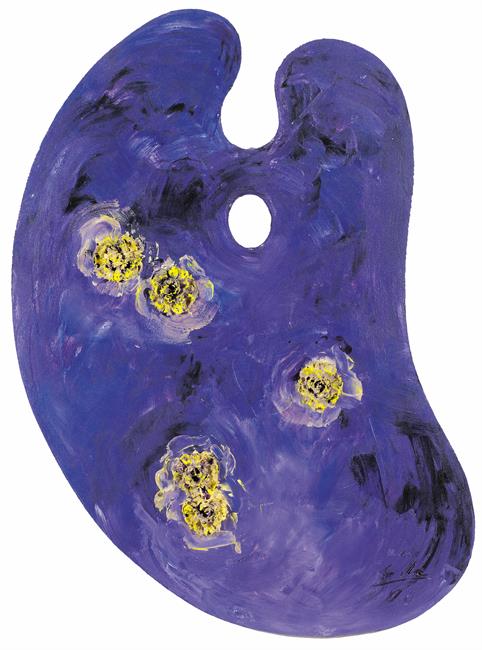 Palette with Five Yellow Carnations
2000
Palette with Five Yellow Carnations
2000
Cornelius Kolig
Vorderberg/ Gailtal 1942 - 2022 Vorderberg/ Gailtal 1942Cornelius Kolig was born in 1942 in Vorderberg an der Gail. Cornelius Kolig is a painter, object and concept artist. He is Anton Kolig’s grandson and Franz Wiegele’s great-nephew.
From 1960 to 65 he studied at the Academy of Fine Arts in Vienna under Josef Dobrowsky, Herbert Boeckl and Max Weiler. As early as 1963 and 1968 he exhibited x-ray sculptures, tactile and temperature sculptures and light-objects at Monsignore Otto Mauer’s Galerie nächst St. Stephan. 1979 saw the commencement of the PARADIES in Vorderberg, a project conceived of his life’s work and a total work of art (a garden and complex of buildings housing the artist’s works created between 1962 and the present day).
At the same time, the PARADIES is a workshop, display store and an archive of all works planned for this space. ‘What (asks Kolig) is artistic creation, if not the processing, refining, condensing, distilling of things encountered in everyday reality?’ Fascinated by modern technology, he has developed equipment and machines that enable the staging of nature and the body – ‘Metal sculptures, photographs and videos with manuals’, as he calls his main works. Fundamental aspects of life that are often taboo, such as sexuality, the functionality of human excretions as well as the broad sensuality of actionist art, are central to his work. Picture-like flower reliefs, often composed of colourful, fleshy, but unscented, artificial blossoms refer to the basic decoration found in traditional paradises. ‘FLUSH, for Kolig, denotes a wide conceptual spectrum of blushing – from psycho-physical processes of reddening evoked by shame and anger, from red as a device used in advertising and a warning sign in zoology and botany, to the sentimental feelings of transience regarding certain natural phenomena such as a glowing sunset.’
1 Arnulf Rohsmann, ‘cornelius kolig – das PARADIES, die praxis’, in: Cornelius Kolig, Flush. Neue Arbeiten für das Paradies 1985–1990, Klagenfurt 1990, pp. 7-16, here: p. 15
-
Palette with Five Yellow Carnations 2000
White Carnations 1999
White Roses 1990
Pink Carnations 1999
Green/ Red Tulip Petal 1996
Palette with Double Plug 2001
Yellow Tulip Petal 1995
Wing of a Blue Roller 2015
Blue Palette with White Callas 2019
Red Palette with "flush" 2007
-
Palette with 7 Colour Cups 2017
"FIT" 2007
"FUN" 2009
"FIN" 2007
North Pacific Gyre 2000
Ocean Trash 2002
"North Pacific Patch" 1994
"North Pacific Patch" 1994
"North Pacific Patch" 1994
-
"dobr otsch" 2006
"flush" 2000
Palette Box 2003
Palette Box 2003
Suckling 1989
Tampax versus o.b. 1989
Palette with Brush and Colour Cup 2019
Sea of Garbage 2002
The Suckling 1989
-
Black versus Red 1989
Palette Box 2007
Wing of a Blue Roller 1989
Untitled around 1992
"14 Anthurien" 2004
Anthurium Blossom 1988
Suckling 1989
Serie Documentation Cornelius Kolig Plexiglasobject 1971
Serie Documentation Cornelius Kolig Plexiglasobject 1971

 White Carnations
1999
White Carnations
1999
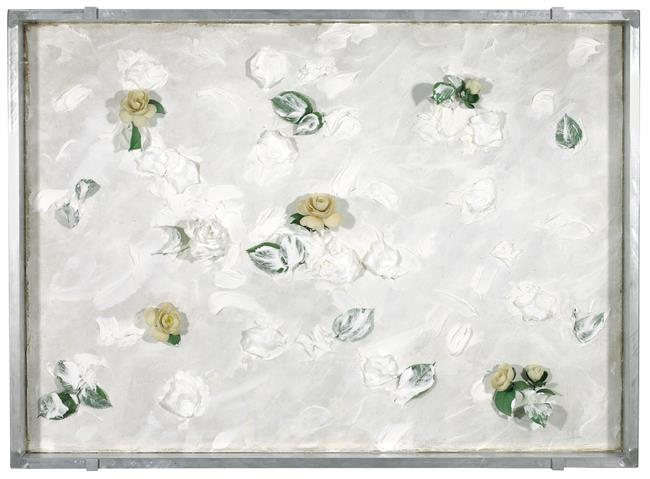 White Roses
1990
White Roses
1990
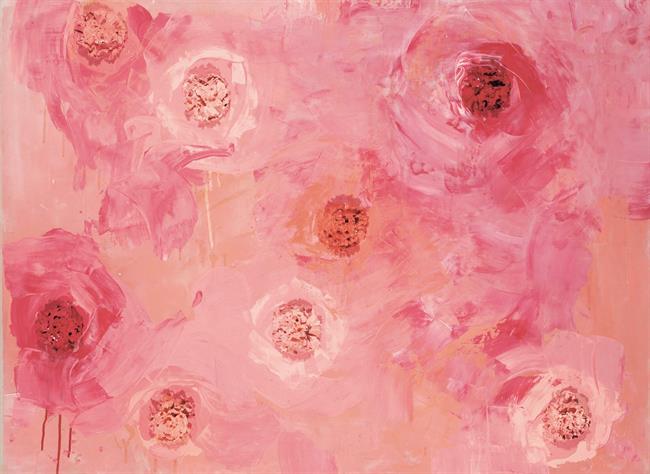 Pink Carnations
1999
Pink Carnations
1999
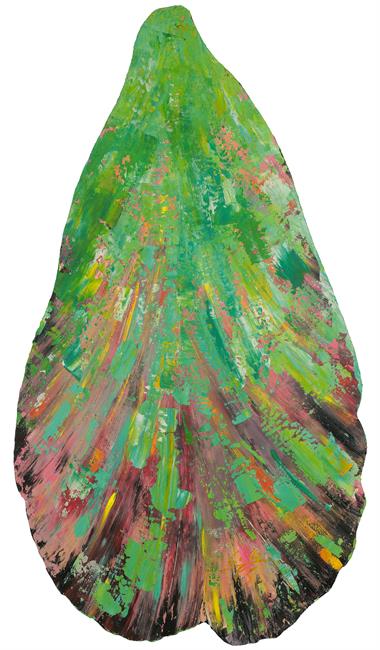 Green/ Red Tulip Petal
1996
Green/ Red Tulip Petal
1996
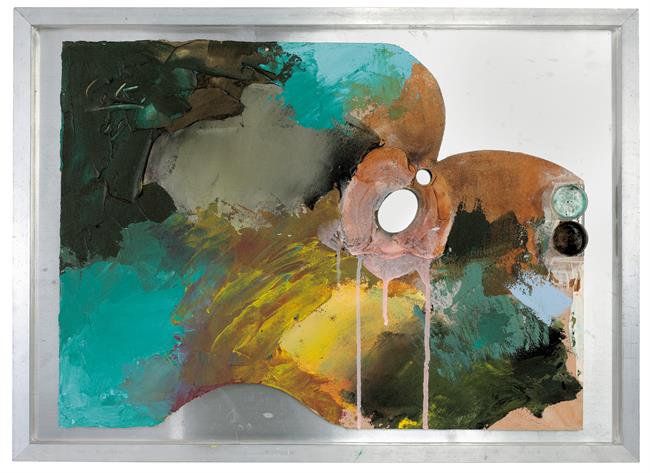 Palette with Double Plug
2001
Palette with Double Plug
2001
 Yellow Tulip Petal
1995
Yellow Tulip Petal
1995
 Wing of a Blue Roller
2015
Wing of a Blue Roller
2015
 Blue Palette with White Callas
2019
Blue Palette with White Callas
2019
 Red Palette with "flush"
2007
Red Palette with "flush"
2007
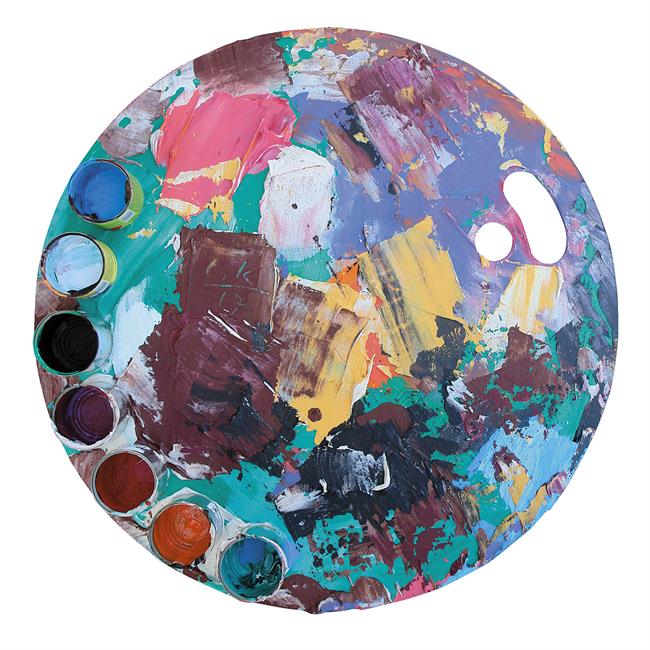 Palette with 7 Colour Cups
2017
Palette with 7 Colour Cups
2017
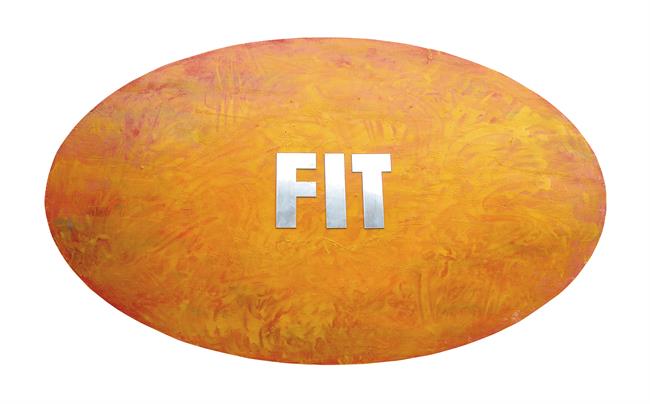 "FIT"
2007
"FIT"
2007
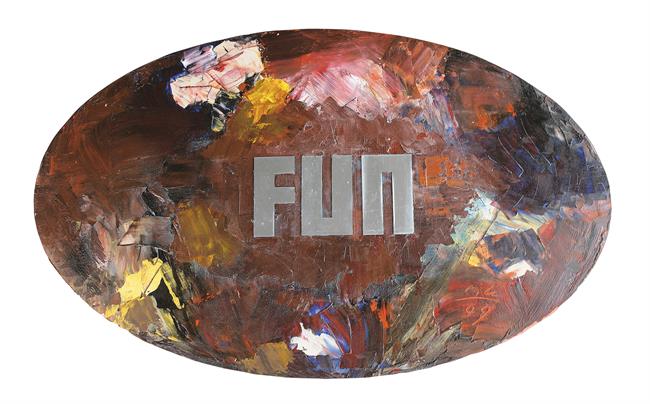 "FUN"
2009
"FUN"
2009
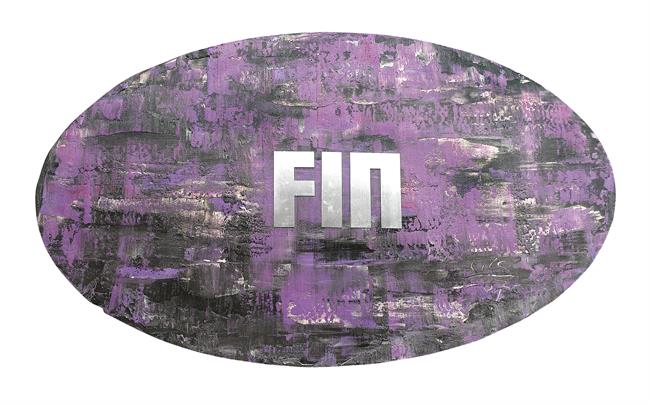 "FIN"
2007
"FIN"
2007
 North Pacific Gyre
2000
North Pacific Gyre
2000
 Ocean Trash
2002
Ocean Trash
2002
 "North Pacific Patch"
1994
"North Pacific Patch"
1994
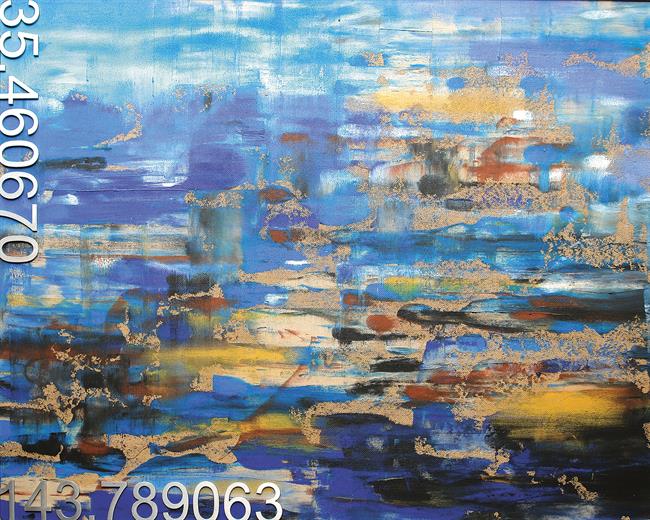 "North Pacific Patch"
1994
"North Pacific Patch"
1994
 "North Pacific Patch"
1994
"North Pacific Patch"
1994
 "dobr otsch"
2006
"dobr otsch"
2006
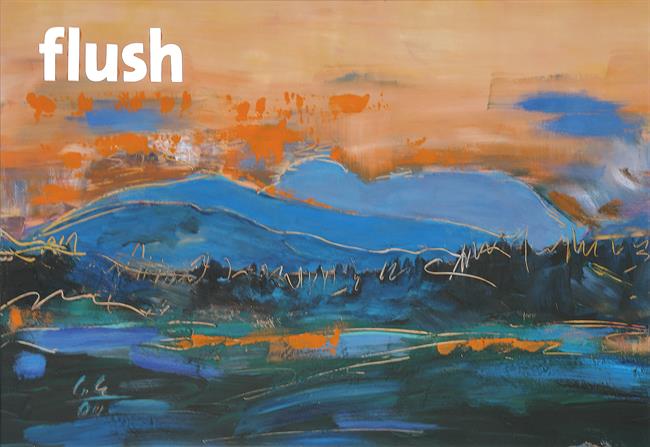 "flush"
2000
"flush"
2000
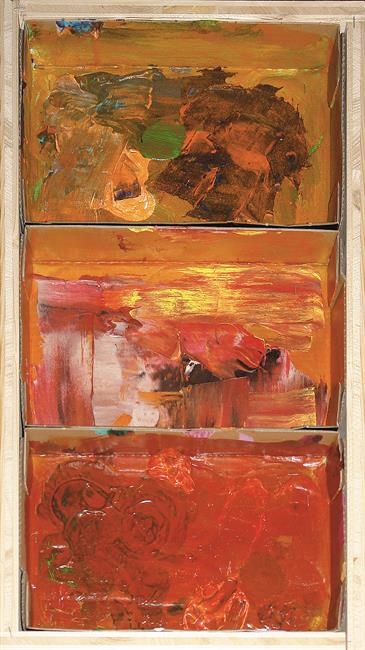 Palette Box
2003
Palette Box
2003
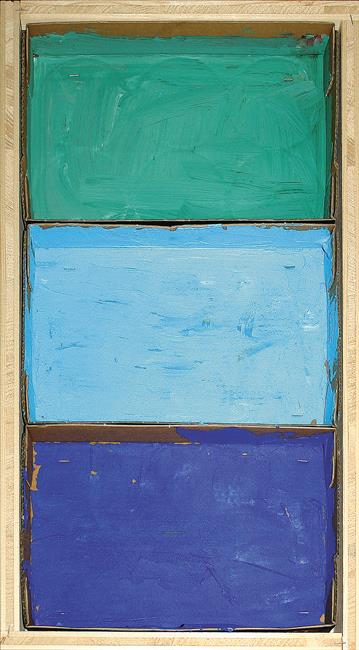 Palette Box
2003
Palette Box
2003
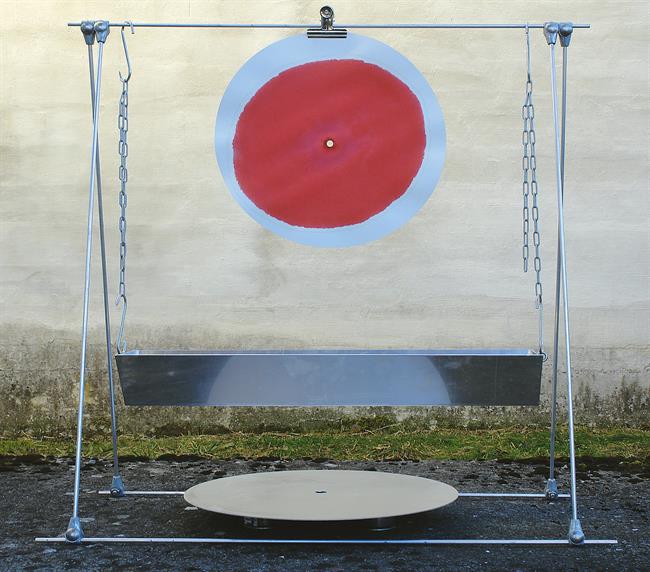 Suckling
1989
Suckling
1989
 Tampax versus o.b.
1989
Tampax versus o.b.
1989
 Palette with Brush and Colour Cup
2019
Palette with Brush and Colour Cup
2019
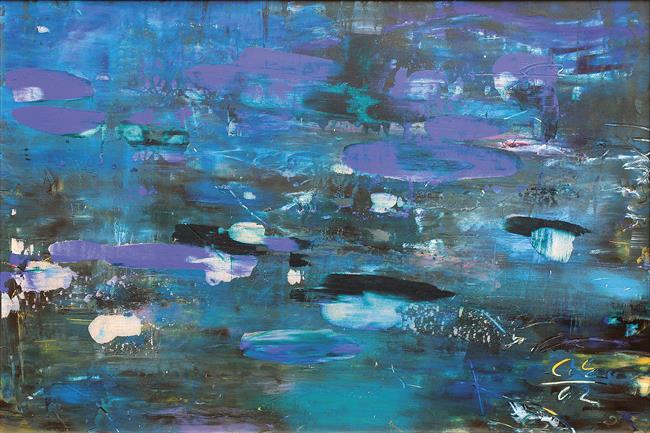 Sea of Garbage
2002
Sea of Garbage
2002
 The Suckling
1989
The Suckling
1989
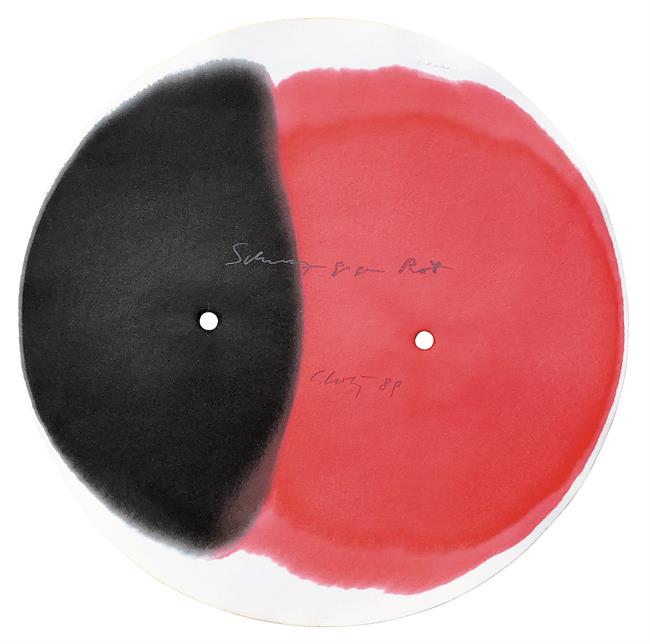 Black versus Red
1989
Black versus Red
1989
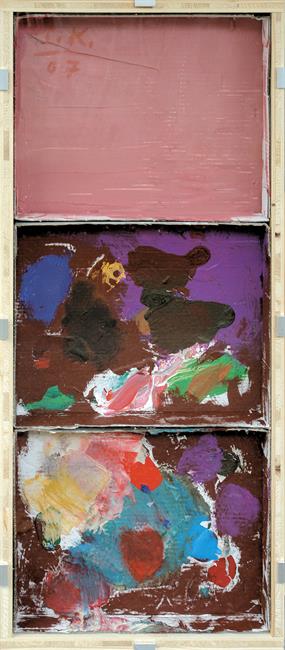 Palette Box
2007
Palette Box
2007
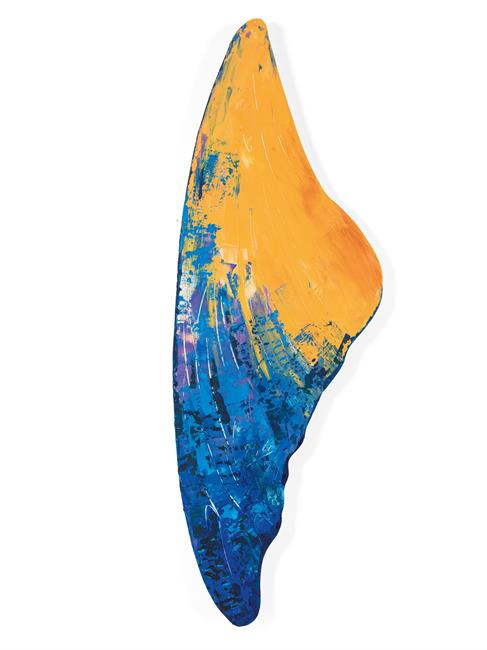 Wing of a Blue Roller
1989
Wing of a Blue Roller
1989
 Untitled
around 1992
Untitled
around 1992
 "14 Anthurien"
2004
"14 Anthurien"
2004
 Anthurium Blossom
1988
Anthurium Blossom
1988
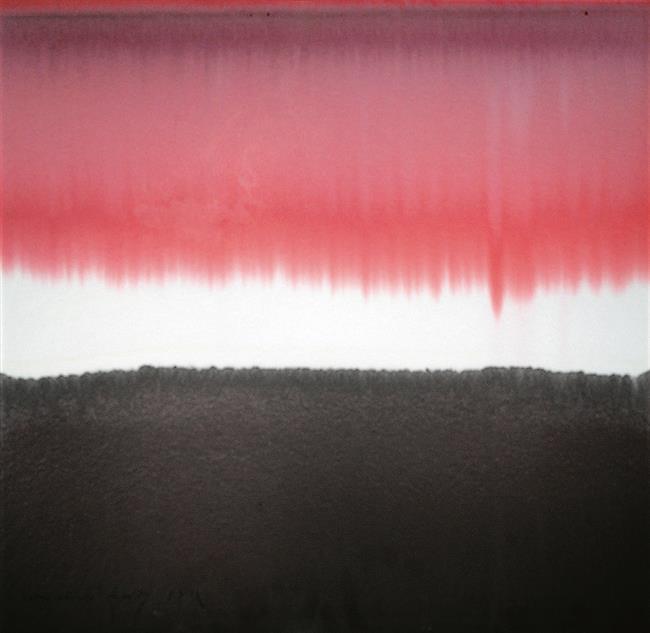 Suckling
1989
Suckling
1989
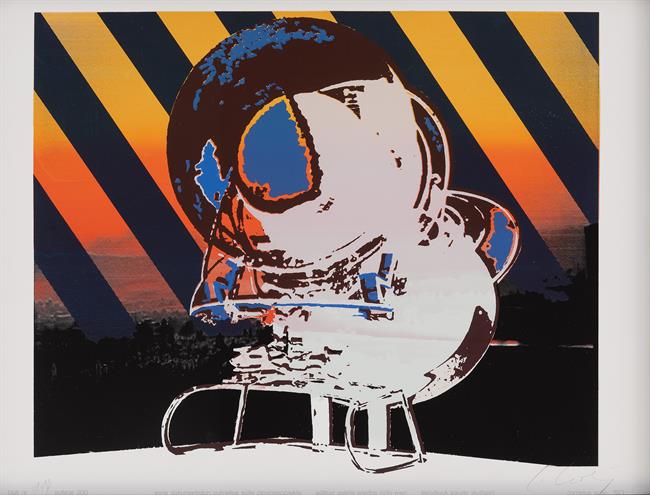 Serie Documentation Cornelius Kolig Plexiglasobject
1971
Serie Documentation Cornelius Kolig Plexiglasobject
1971
 Serie Documentation Cornelius Kolig Plexiglasobject
1971
Serie Documentation Cornelius Kolig Plexiglasobject
1971